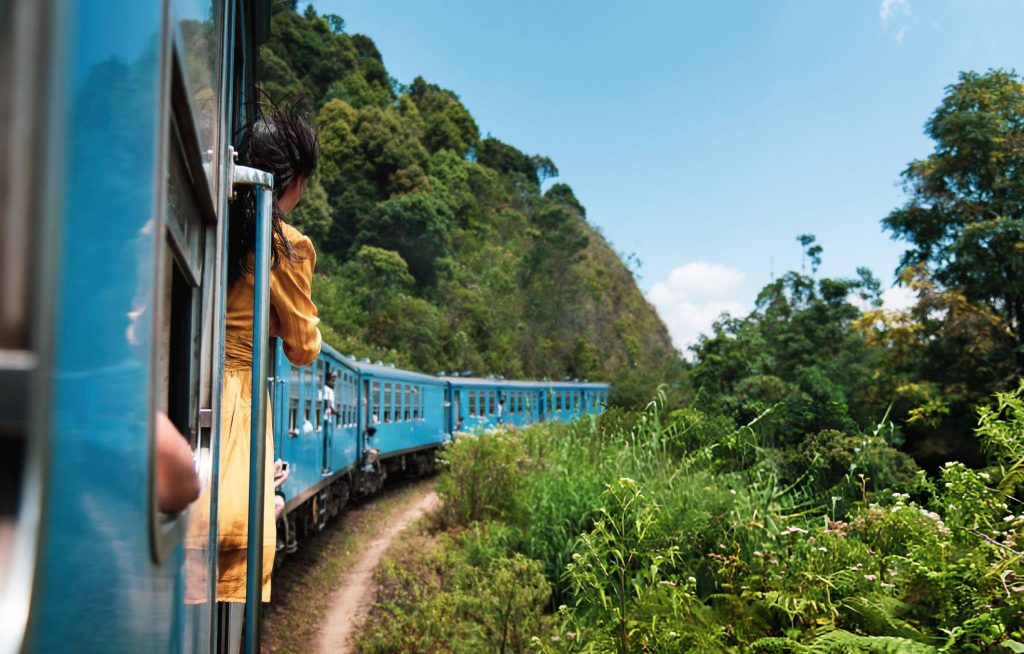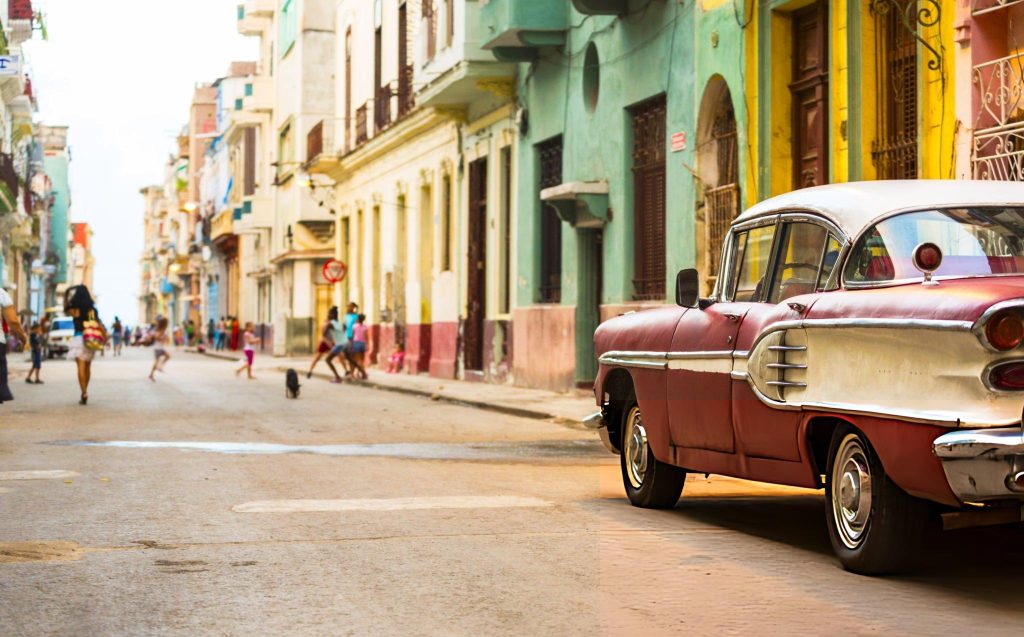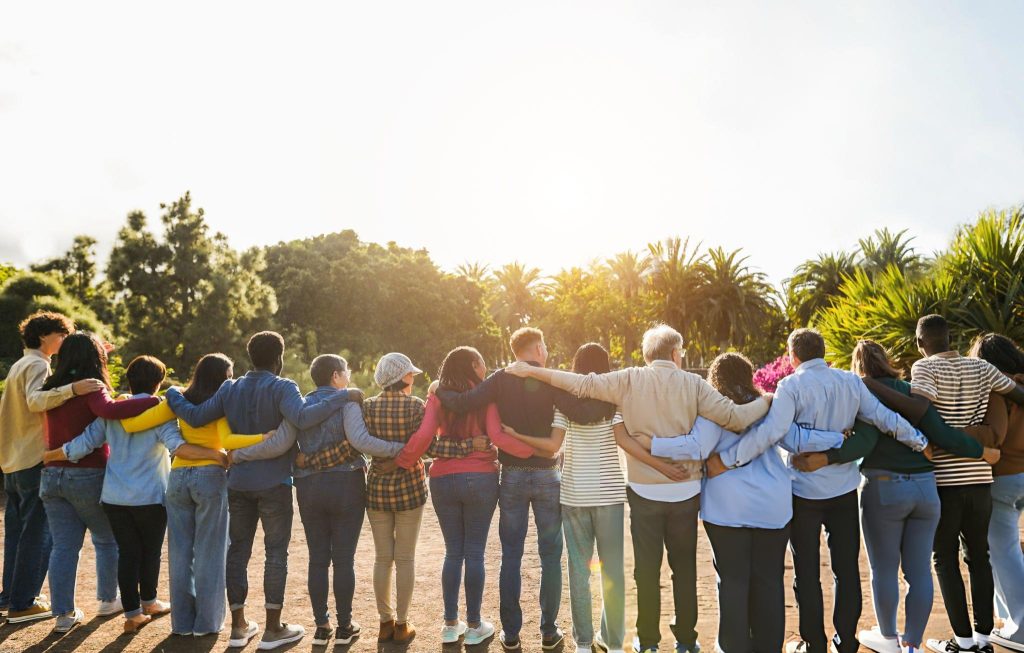
In a world that often moves too fast, a new travel trend is encouraging people to slow down: slow travel. This approach to exploring new places emphasizes depth over distance, connection over consumption, and quality over quantity. Rather than cramming multiple destinations into a single itinerary, slow travel encourages travelers to settle into a single place, taking the time to absorb its unique rhythms, engage with locals, and experience the destination as more than just a checklist of tourist sites.
The appeal of slow travel lies in its simplicity, aligning with a broader cultural shift toward mindfulness, sustainability, and intentionality. As travelers seek more meaningful experiences, slow travel offers an antidote to the rush and stress that often accompanies traditional vacations. This article explores the philosophy behind slow travel for 2025, its benefits, and practical ways to embrace it.
What is Slow Travel?
At its core, slow travel is about embracing the journey rather than just the destination. Rooted in the principles of the Slow Movement—a cultural shift that originated in the 1980s with the Slow Food movement in Italy—slow travel is an intentional way of exploring the world. It encourages a mindful approach to travel, focusing on immersing oneself in a location rather than hurrying from one place to the next.
In practice, slow travel might involve staying in a single destination for a week or more, taking the time to walk rather than drive, engaging in conversations with locals, and forgoing packed schedules for open-ended exploration. It’s a way of traveling that values quality time spent in one place over quantity of places visited, offering travelers the opportunity to forge deeper connections with the places they visit.

The Benefits of Slow Travel
Slow travel offers numerous advantages, both for travelers and the destinations they visit. Here are some key benefits:
1. A Deeper Cultural Connection
One of the most rewarding aspects of slow travel is the opportunity to connect deeply with the culture of a place. By spending more time in a single destination, travelers can immerse themselves in the local lifestyle, explore neighborhoods beyond tourist zones, and develop a better understanding of regional traditions, food, and history.
Unlike fast-paced tourism, which often focuses on surface-level experiences, slow travel encourages curiosity and a willingness to observe and learn. This approach makes it easier to build relationships with locals, who often appreciate travelers who show an interest in their community. These interactions create more meaningful memories and foster a richer understanding of different cultures.
2. Reduced Environmental Impact
Traditional tourism, especially when it involves multiple flights, rushed travel schedules, and disposable habits, can have a significant environmental footprint. Slow travel, by its nature, is often more eco-friendly. Staying in one place reduces the need for frequent transportation, which cuts down on carbon emissions. Many slow travelers also choose accommodations that emphasize sustainability, such as eco-lodges, and participate in activities that support environmental conservation.
Additionally, by choosing local food, shopping at farmer’s markets, and exploring a destination by foot or bicycle, slow travelers support sustainable tourism practices that benefit the planet. This approach aligns with the values of climate-conscious travelers who seek to minimize their environmental impact while enjoying meaningful experiences.
3. Enhanced Mental Well-Being
Traveling at a slower pace offers significant mental health benefits. Traditional travel, with its packed itineraries and constant movement, can be exhausting and lead to “vacation burnout.” In contrast, slow travel promotes relaxation, mindfulness, and emotional well-being. Without the pressure to check off sites and stick to a rigid schedule, slow travelers can fully relax and savor each moment.
This approach also encourages travelers to disconnect from their devices and enjoy time outdoors, which is known to reduce stress and improve mood. Whether it’s sipping coffee at a local café, taking a scenic hike, or simply wandering through a new neighborhood, slow travel provides an opportunity to be fully present, fostering a sense of calm and contentment.
4. Financial Benefits
Slow travel can be more affordable than traditional tourism. By staying in one place for an extended period, travelers often receive discounts on accommodations, meals, and activities. Extended stays in local neighborhoods also offer more opportunities to shop and dine as locals do, which is often less expensive than tourist hotspots. In this way, slow travel not only makes financial sense but also supports local businesses, directing spending toward the community rather than large tourism corporations.

How to Embrace Slow Travel
While slow travel may seem ideal, many travelers may wonder how to practically incorporate it into their routines. Here are some strategies for embracing slow travel:
1. Choose Fewer Destinations
One of the first steps in slow travel is to simplify your itinerary. Instead of planning a multi-country tour, consider choosing just one destination or region to explore. For example, instead of visiting multiple cities in Italy, you might choose to spend your entire trip in Tuscany, allowing you to explore its countryside, small towns, and culinary traditions in greater depth.
2. Stay in Local Accommodations
Opt for accommodations that encourage immersion in local culture, such as boutique hotels, guesthouses, or Airbnb rentals in residential neighborhoods. Staying in a local home or small inn fosters a sense of belonging and allows you to experience daily life in your destination.
Many slow travelers also choose to stay in eco-friendly accommodations that prioritize sustainability, which further supports the local environment. Farm stays, for example, are an excellent way to immerse yourself in the local food culture and enjoy a slower pace of life.
3. Walk, Bike, or Use Public Transport
Instead of renting a car or relying on taxis, try walking, biking, or using public transportation to explore your destination. These slower modes of transport encourage a deeper engagement with your surroundings and often lead to unexpected discoveries. Walking or biking allows you to stop at hidden cafés, artisan shops, or scenic viewpoints that might otherwise be missed.
Public transportation, such as buses or trains, offers a unique perspective on local life and provides opportunities for meaningful interactions with residents. These slower methods of travel also minimize your environmental impact and make it easier to observe the rhythm of the place you’re visiting.
4. Engage in Local Experiences
Seek out activities that promote a genuine connection to the destination. Many travelers enjoy participating in local cooking classes, learning traditional crafts, or taking language lessons. Volunteer opportunities, like helping on a farm or joining a conservation project, are also popular among slow travelers looking to give back.
Taking time to join a cultural workshop or volunteering is a powerful way to gain a sense of purpose, develop new skills, and feel more integrated within a community. These experiences not only enrich the journey but also leave a positive impact on the destination.
5. Practice Mindfulness
Embracing slow travel requires a shift in mindset—an openness to spontaneity and a willingness to let go of strict schedules. Practice mindfulness by observing your surroundings, savoring meals, and immersing yourself fully in each experience. Engage with locals and ask questions to understand their way of life. By cultivating mindfulness, you can appreciate the richness of each moment, finding beauty in the ordinary and mundane aspects of travel.
Conclusion: Rediscovering the Joy of Slow Travel
In a world that often glorifies speed, slow travel is a refreshing reminder of the power of taking one’s time. It’s an invitation to rediscover the joy of connection, mindfulness, and meaningful exploration. As more people seek wellness, sustainability, and depth in their travels, slow travel offers a pathway to a richer, more fulfilling experience—one that is kinder to the planet, enriching for the traveler, and respectful of local cultures.
Whether you’re a seasoned traveler or just beginning to explore the world, slow travel encourages you to pause, take a breath, and fully engage with each destination. By embracing the art of taking one’s time, travelers can transform their journeys into experiences that last a lifetime, creating memories not just of places seen, but of people met, lessons learned, and moments truly lived.